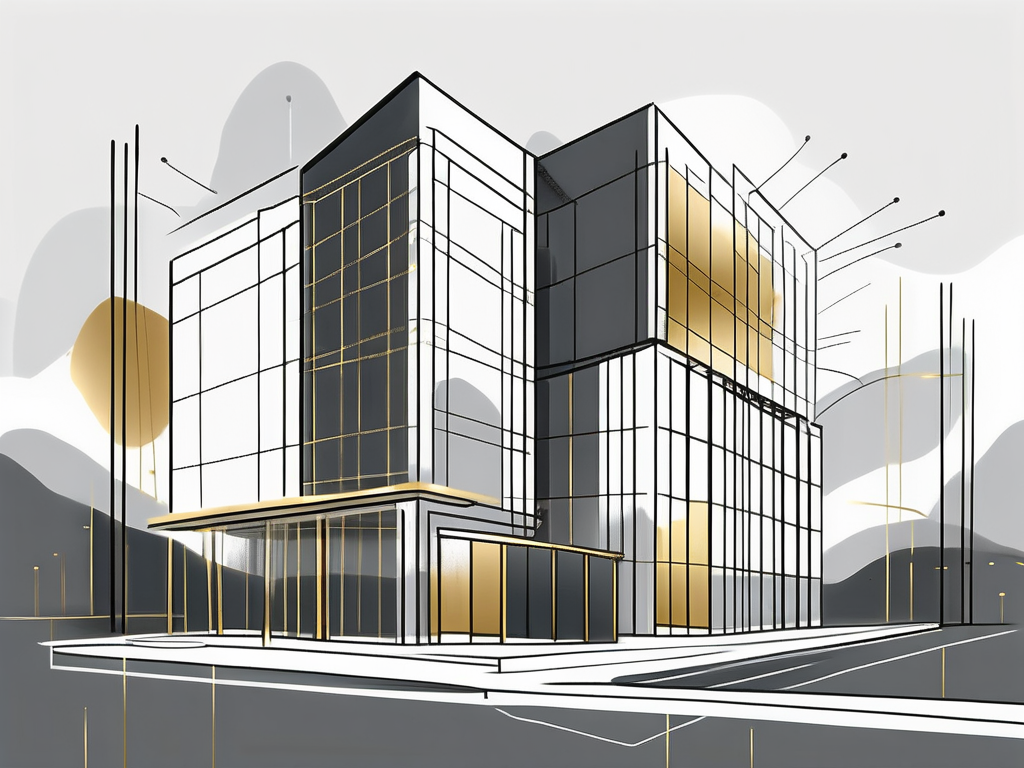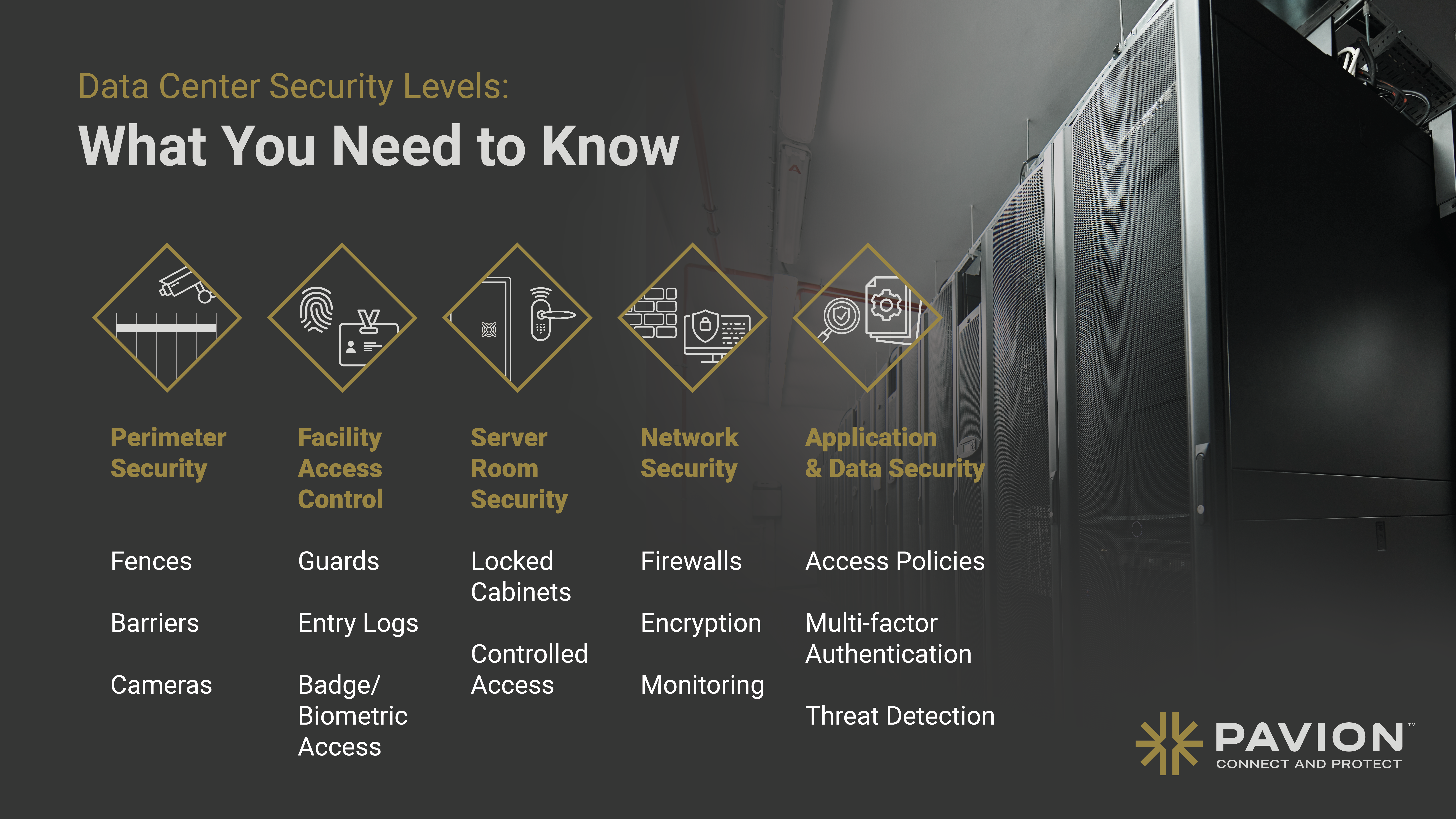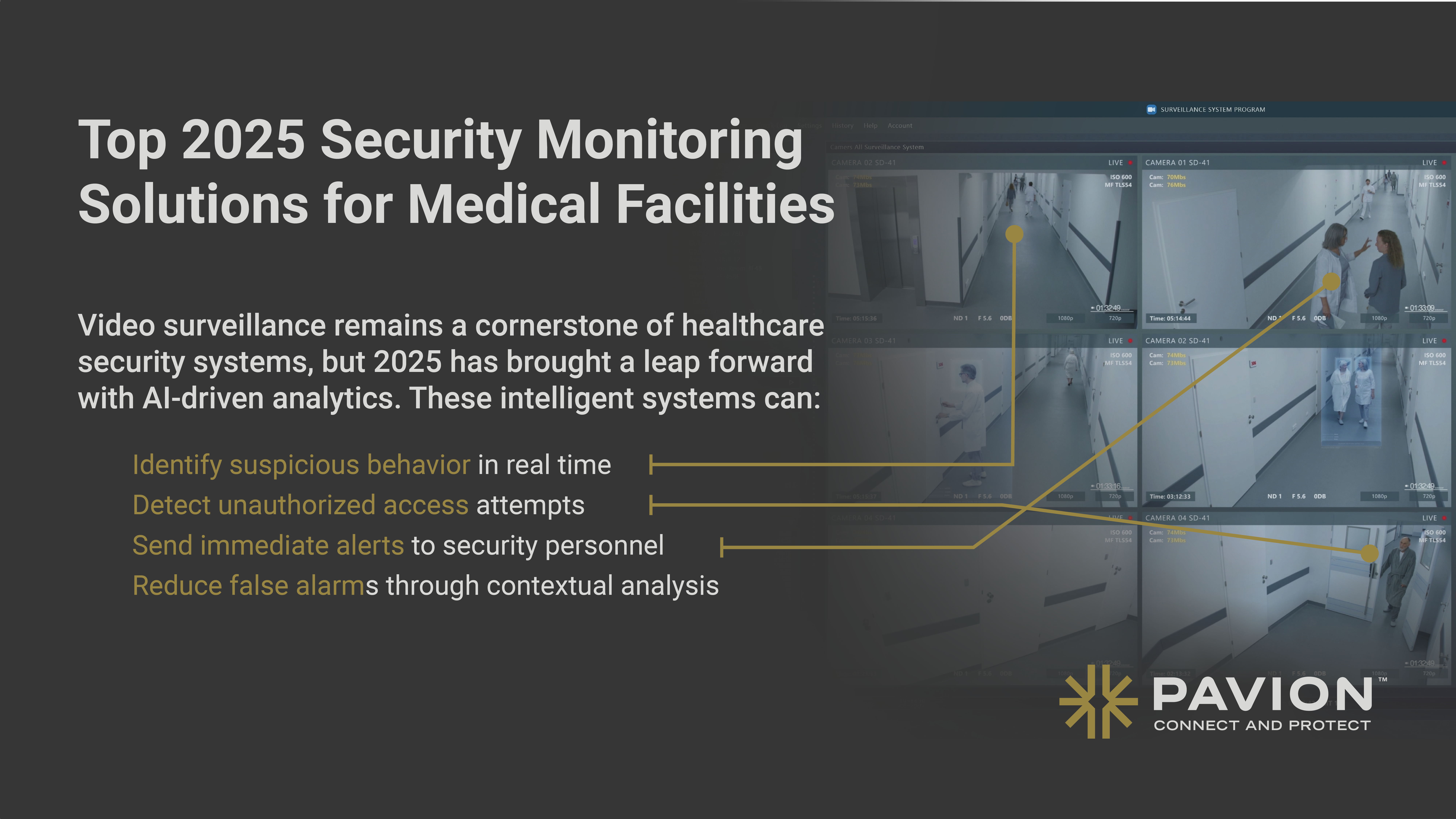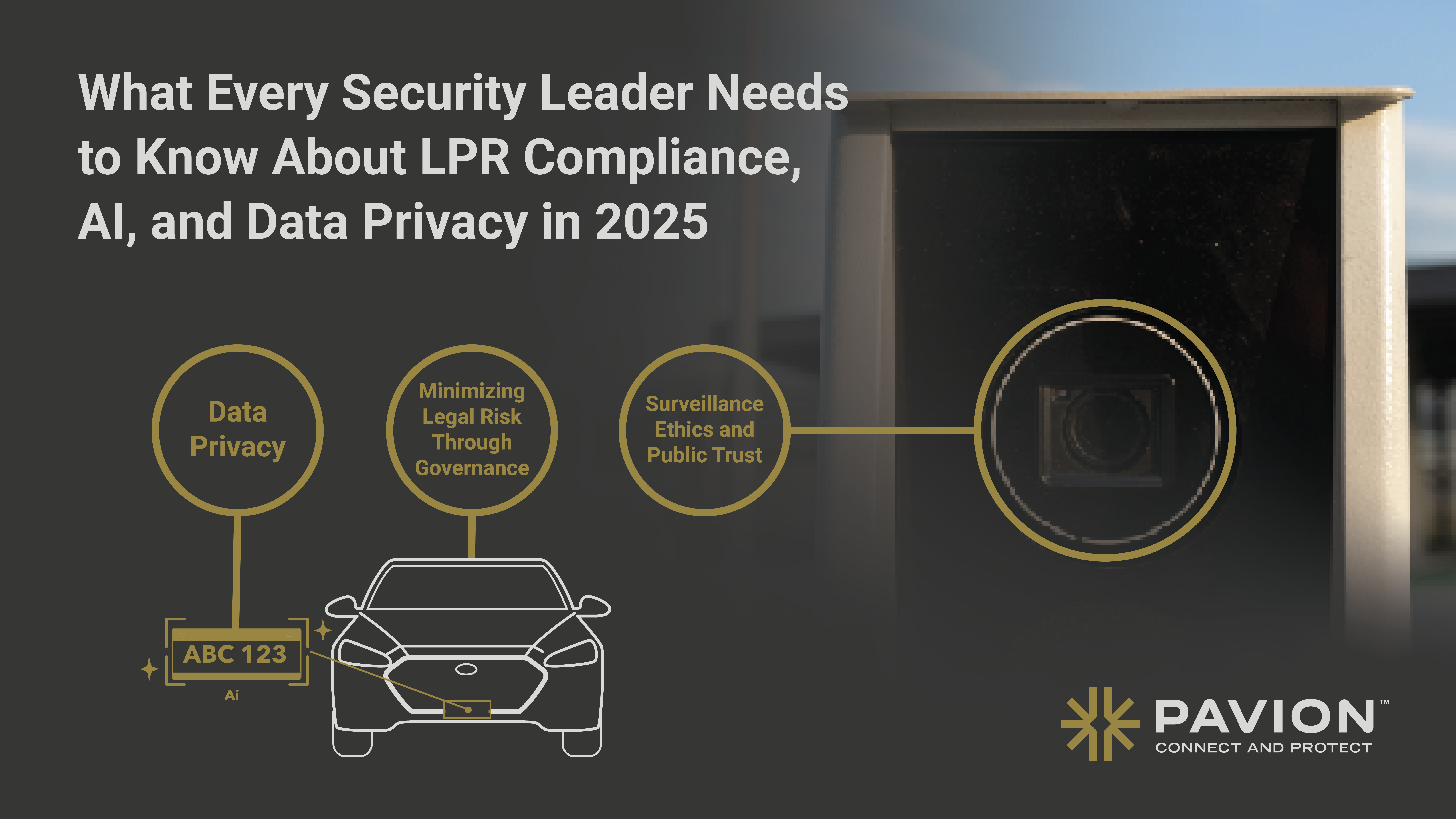
Top Features to Look for in a DAS (Distributed Antenna System)
In the world of telecommunications, a Distributed Antenna System (DAS) is a network of spatially separated antenna nodes connected to a common source that provides wireless service within a geographic area or structure. DAS is an essential component in ensuring seamless wireless coverage, particularly in large or complex structures where conventional coverage methods may fall short. As a company that specializes in this field, Pavion understands the importance of a well-designed DAS and the features that make it effective.
1. Scalability
One of the primary features to look for in a DAS is scalability. As your business grows, so too will your wireless needs. A scalable DAS can accommodate this growth without requiring a complete system overhaul. This not only saves time and resources but also ensures that your wireless coverage remains consistent and reliable.
Scalability also means that the system can handle increased traffic without compromising on performance. This is particularly important in high-traffic areas or during peak usage times. A scalable DAS will be able to handle this increased demand, ensuring that your wireless service remains uninterrupted.
2. Flexibility
Flexibility is another key feature to look for in a DAS. This refers to the system’s ability to support multiple carriers and frequencies. A flexible DAS can adapt to the changing needs of your business, whether that means adding new carriers, supporting new frequencies, or accommodating new technologies.

Flexibility also extends to the system’s design. A flexible DAS can be tailored to fit the unique layout and structure of your building, ensuring optimal coverage in all areas. This is particularly important in large or complex structures, where conventional coverage methods may not be sufficient.
3. Reliability
Reliability is a crucial feature in any DAS. This means that the system should provide consistent and uninterrupted service, regardless of external factors. A reliable DAS will have robust failover mechanisms in place to ensure that service is maintained even in the event of a system failure.
Reliability also extends to the system’s components. High-quality components are less likely to fail, which means less downtime and fewer maintenance requirements. This not only ensures consistent service but also saves time and resources in the long run.
4. Integration
Integration is another important feature to look for in a DAS. A well-integrated DAS can seamlessly connect with other systems in your building, such as the EST3 or EST4 fire control panels manufactured by Edwards. This integration can enhance the functionality of both systems, providing a unified solution for wireless coverage and safety.
Integration also means that the DAS can work with your existing infrastructure. This can save time and resources, as it eliminates the need for extensive modifications or upgrades. A well-integrated DAS can simply be added to your existing setup, providing immediate improvements in wireless coverage.
5. Ease of Installation and Maintenance
The ease of installation and maintenance is a practical feature to consider when choosing a DAS. A system that is easy to install can save time and resources, reducing the overall cost of the project. Similarly, a system that is easy to maintain can reduce downtime and ensure consistent service.
Look for a DAS that comes with comprehensive installation and maintenance guides. These guides should provide clear and detailed instructions, making the process as straightforward as possible. Additionally, consider the availability of technical support. A company that offers robust technical support can provide valuable assistance during the installation and maintenance process.
6. Cost-Effectiveness
Finally, cost-effectiveness is a key feature to look for in a DAS. While the initial cost of the system is certainly a factor, it’s also important to consider the long-term value that the system provides. A cost-effective DAS will provide reliable and high-quality service, reducing the need for costly repairs or upgrades.
Cost-effectiveness also means that the system provides a good return on investment. This can be measured in terms of improved productivity, increased customer satisfaction, or other tangible benefits. A cost-effective DAS is not just an expense, but an investment in the future success of your business.
Conclusion
Choosing the right DAS for your business is a critical decision that can have a significant impact on your wireless coverage and overall productivity. By focusing on features like scalability, flexibility, reliability, integration, ease of installation and maintenance, and cost-effectiveness, you can ensure that you choose a system that meets your unique needs and provides long-term value.
As a company that specializes in DAS, Pavion understands the importance of these features and how they contribute to a successful system. We are committed to providing our clients with high-quality, reliable, and cost-effective DAS solutions that meet their unique needs and exceed their expectations.
Connect with Pavion for Your DAS Needs
At Pavion, we’re dedicated to enhancing your wireless communication infrastructure with top-tier DAS solutions tailored to your specific industry needs. Whether you’re in healthcare, education, or any other sector, our expertise in connecting and protecting through innovative technology is unmatched. Don’t settle for less than the best in safety, security, and communication. Get a Free System Assessment today and take the first step towards a more connected and protected future with Pavion.


